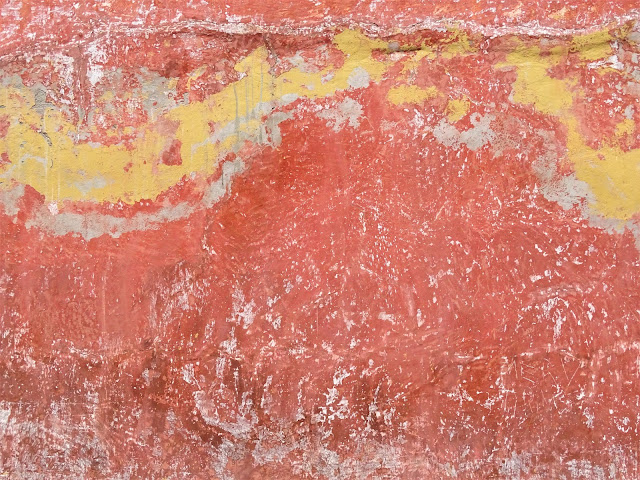Modern Art I
When I first arrived in New York back in 1959 I made a bee line to the Museum of Modern Art. It was not one of the major New York tourist attractions at that time, rather it was a place where the highest achievement in cultural attainment had been reached, or so they said. It had the aura of being exclusive, perhaps elitist. In the Johnson/Stone iteration of the plant escalators carried the visitors to the third floor, with a lovely view of the sculpture garden outside. Here European modernism, specifically early twentieth century school of Paris modern art was displayed. The museum claimed that on view were the greatest paintings of the early days of the century. This, it seemed to me, implied that other museums had second rate collections. As I wanted to be A NewYorker, I was happy to buy the screed.
Having wound my way through those galleries, I made my way down one flight of stairs to the mid century American art. I remember feeling at the time that that flight of steps took one further down than I believe the museum wanted a visitor to feel. The art on display was far below the achievement of the upstairs School of Paris. In fact, over the years I have found that it is hardly interesting.
The question has been asked...over and over again in the twentieth century...how do we know if a painting is a good painting. Over the years I have come to understand that MOMA wants the curious to relax...They alone know what makes a painting a good painting and They will assure you that what They present represents that standard. It has seemed to me that over the course of the years and through a succession of like minded directors that They have controlled the dialogue as to what constitutes...modern art, important Modern Art!
They have been aided and abetted by dealers who have one ambition and that is to sell MOMA a masterpiece, as defined by MOMA, and by writers on art in the weekly and monthly magazines who want to be seen at all be best opening night parties. With a broader exposure to other venues, one soon discovers that this is a small, incestuous world which perhaps goes a long way to give elitism a bad name.
Late in the century various large collections of mid century art were bequeathed to the leading American museums. The claim was always made that with a minimum of advice and assistance these collectors were somehow so astute as to create collections of The First Rank...which now ensconced in that museum’s holdings, represent the best art of the century. One becomes suspicious of the claim when it is realized that all of these people collected very similar works by the same 43 artists and that one collection is merely a repetition of the others. Coincidence?
Suzanne Langer has written that every culture has left evidence of a need for symbolic experience and that need has been manifest in magic and ritual, religion and art. From this I understand that art is a call to community. When the art community becomes negative-elitist...exclusionary, I believe that it has lost its humanity. Granted one can take courses or read books and bring himself up to snuff, but that does not guarantee an invitation to the next blockbuster and champagne dinner, or even a cordial reception at the MOMA wicket: the art going public has been defined by the art world as the outsider and so long as MOMA continues to control the dialogue, so he will remain.
On the walls of Oaxaca one can find areas within a painted wall, painted on purpose or overlaid and creating a design...by accident. Were they signed by designer “Artists” I’m certain these pieces would be ...Worth Millions.The question is: are art works outside of famous museums good art works or are only famous art works...good? Again: how do we know if a painting is a good painting?











Comments
Post a Comment